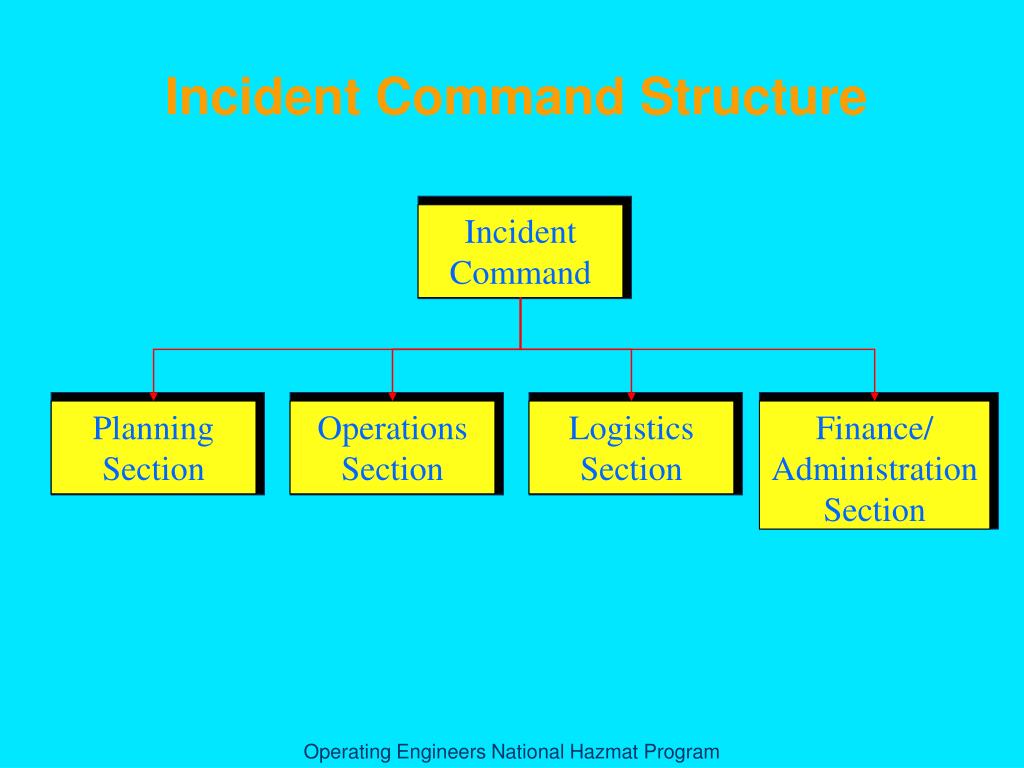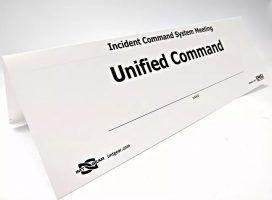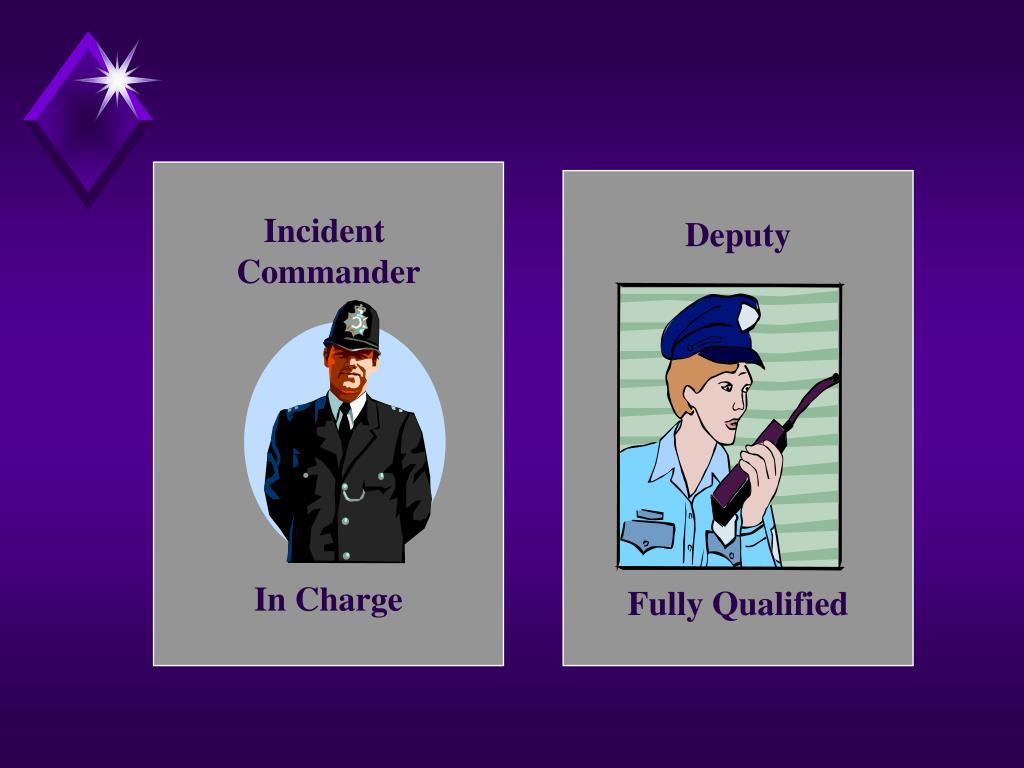

The Incident Command System (ICS) organizational structure develops in a modular fashion based on the incident’s size and complexity. The goal is to promote understanding among all parties involved in managing an incident.

Usage of these types of codes may cause confusion or possibly compromise life safety due to a misunderstanding or Organizations should avoid radio codes, agency-specific codes, acronyms, or jargon.Communications should use common terms.Incident Facilities: Common terminology is used to designate the facilities in the vicinity of the incident area.Resource Descriptions: Major resources – including personnel, equipment, teams, and facilities – are given common names and are “typed” with respect to their capabilities.
 Organizational Functions: Major functions and functional units with incident management responsibilities are named and They remain standard and consistent. This common terminology covers the following: The Incident Command System (ICS) establishes Common Terminology that allows diverse incident management and support organizations to work together across a wide variety of emergency functions and hazard scenarios. Click on this link to view PPD-8.The Incident Command System (ICS) is based on the following 14 proven NIMS management characteristics, each of which contributes to the strength and efficiency of the overall system: Common Terminology Presidential Policy Directive 8 (PPD-8), National Preparedness, describes the Nation's approach to preparedness-one that involves the whole community, including individuals, businesses, community- and faith-based organizations, schools, tribes, and all levels of government (Federal, State, local, tribal and territorial). HSPD-8, National Preparedness, directed DHS to lead a national initiative to develop a National Preparedness System-a common, unified approach to “strengthen the preparedness of the United States to prevent and respond to threatened or actual domestic terrorist attacks, major disasters, and other emergencies.” Click on this link to view HSPD-8. It required the Department of Homeland Security (DHS) to coordinate with other Federal departments and agencies and State, local, and tribal governments to establish a National Response Framework (NRF) and a National Incident Management System (NIMS). HSPD-5, Management of Domestic Incidents, identified steps for improved coordination in response to incidents. Homeland Security Presidential Directives
Organizational Functions: Major functions and functional units with incident management responsibilities are named and They remain standard and consistent. This common terminology covers the following: The Incident Command System (ICS) establishes Common Terminology that allows diverse incident management and support organizations to work together across a wide variety of emergency functions and hazard scenarios. Click on this link to view PPD-8.The Incident Command System (ICS) is based on the following 14 proven NIMS management characteristics, each of which contributes to the strength and efficiency of the overall system: Common Terminology Presidential Policy Directive 8 (PPD-8), National Preparedness, describes the Nation's approach to preparedness-one that involves the whole community, including individuals, businesses, community- and faith-based organizations, schools, tribes, and all levels of government (Federal, State, local, tribal and territorial). HSPD-8, National Preparedness, directed DHS to lead a national initiative to develop a National Preparedness System-a common, unified approach to “strengthen the preparedness of the United States to prevent and respond to threatened or actual domestic terrorist attacks, major disasters, and other emergencies.” Click on this link to view HSPD-8. It required the Department of Homeland Security (DHS) to coordinate with other Federal departments and agencies and State, local, and tribal governments to establish a National Response Framework (NRF) and a National Incident Management System (NIMS). HSPD-5, Management of Domestic Incidents, identified steps for improved coordination in response to incidents. Homeland Security Presidential Directives 
Use ICS to manage an incident or event.Explain transfer of command briefings and procedures.Explain flexibility within the standard ICS organizational structure.Describe different types of briefings and meetings.Identify ICS organizational components, the Command Staff, the General Staff, and ICS tools.Describe the delegation of authority process, implementing authorities, management by objectives, and preparedness plans and objectives.Describe how the NIMS Management Characteristics relate to Incident Command and Unified Command.Describe the course objectives and summarize basic information about the Incident Command System (ICS) and National Incident Management System (NIMS).This course is designed to enable personnel to operate efficiently during an incident or event within the Incident Command System (ICS) and focuses on the management of an initial response to an incident.Īt the end of the course, you should be able to:








 0 kommentar(er)
0 kommentar(er)
